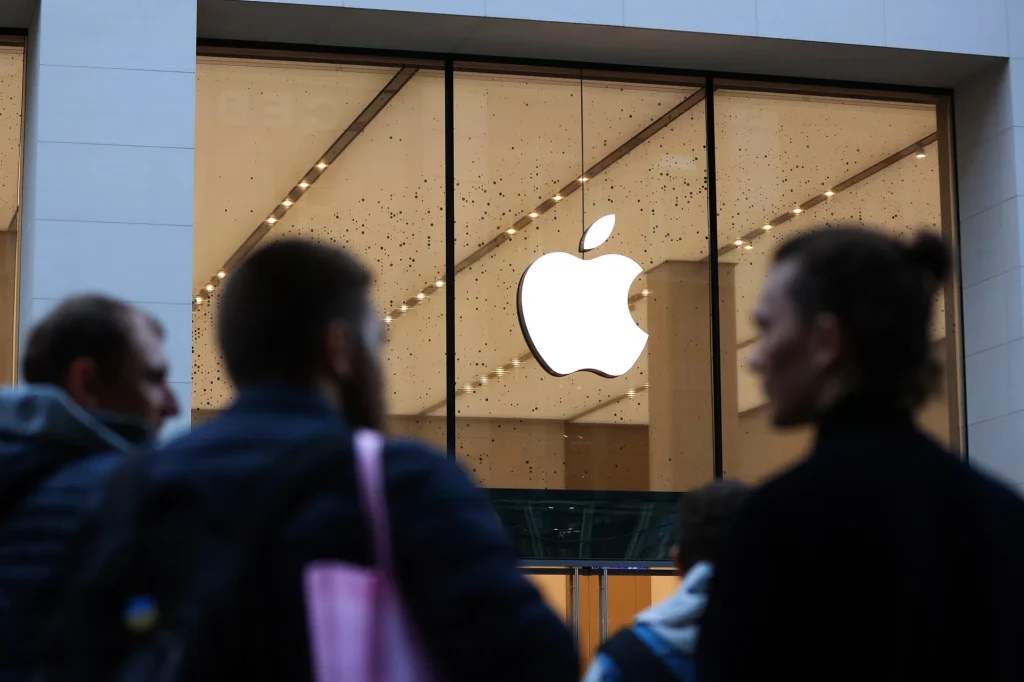[LOS ANGELES] Apple is teaming up with startup Anthropic on a new “vibe-coding” software platform that will use artificial intelligence (AI) to write, edit and test code on behalf of programmers.
The system is a new version of Xcode, Apple’s programming software, that will integrate Anthropic’s Claude Sonnet model, according to people with knowledge of the matter. Apple will roll out the software internally and hasn’t yet decided whether to launch it publicly, said the people, who asked not to be identified because the initiative hasn’t been announced.
The work shows how Apple is using AI to improve its internal workflow, aiming to speed up and modernise product development. The approach is similar to one used by companies such as Windsurf and Cursor maker Anysphere, which offer advanced AI coding assistants popular with software developers.
In the early days of generative AI, Apple had been resistant to using AI for the creation of software that was bound for consumers. But with recent advancements in large language models – a foundation of generative AI – Apple is changing its tune.
Last year, Apple announced its own AI-powered coding tool for Xcode called Swift Assist. The company intended to roll it out in 2024 but never actually shipped it to developers. Internally, engineers complained that the company’s own system could hallucinate – or make up information – and even slow down app development. The Anthropic partnership is an acknowledgment that Apple could use some outside help, though the two systems could ultimately work together.
Among all of the major large language models, Anthropic’s Claude is known as one of the best when it comes to programming. The new Apple tool includes a chat interface where programmers can type in requests for code or alterations, according to the people. It also can test user interfaces, a process that is often cumbersome when done manually, as well as help manage the process of finding and fixing bugs.

Start and end each day with the latest news stories and analyses delivered straight to your inbox.
Spokespeople for Apple and Anthropic declined to comment.
The move reflects Apple’s greater willingness to partner with others after struggling to develop home-grown technology. So far, the company has shied away from third-party models – aside from a deal with OpenAI’s ChatGPT that can fulfil queries in the Siri virtual assistant. Apple is expected to add Gemini from Alphabet’s Google as an alternative to ChatGPT later this year.
The rest of the Apple Intelligence platform, which includes features such as custom emoji, writing tools and organising notifications, uses models developed by the company internally. Apple raced to create the capabilities after it was caught flat-footed by the generative AI frenzy more than two years ago.
The iPhone maker has started to slowly roll out the new coding software to engineers across its operations. If the launch is ultimately successful internally, the company could release it to third-party app developers, which mainly rely on tools such as Xcode and the Swift programming language to release apps for Apple’s devices. The company is holding its annual conference for developers beginning Jun 9.
For Anthropic, working with Apple is a major boon, especially if the tool ultimately ever gets rolled out externally. Already, Anthropic has partnered with Amazon.com to help power the new Alexa+ assistant. But when Apple held talks about a Siri AI partnership last year, it only seriously considered Google and OpenAI before ultimately striking the ChatGPT deal.
AI coding technology has become increasingly popular, and OpenAI is in talks to acquire Windsurf for about US$3 billion, Bloomberg News has reported. Two-and-a-half years ago, GitHub Copilot, which offers AI-based code completion, helped push Apple executives to recognise that generative AI was an area the company was late to and should be working on.
The latest moves are part of a broader turnaround effort to catch up in AI. The company’s AI tools have been criticised by users for being less capable than rival systems. Apple also had to indefinitely delay a revamped Siri that it unveiled last year.
In a bid to get back on track, the company recently shifted responsibility for Siri engineering and consumer-facing product development away from AI chief John Giannandrea. It also removed a robotics team from his command. The moves have begun a breakup of Apple’s centralised approach to AI development, but also give Giannandrea’s team more space to focus on underlying AI research.
With the changes, Apple software engineering head Craig Federighi has taken a bigger role in the company’s AI efforts. His team is now overseeing Siri as well as some project managers dedicated to work on AI.
On Apple’s second-quarter earnings call Thursday, chief executive Tim Cook defended the AI strategy. He touted the company’s on-device approach – where AI models are run locally – and the integration of features across its operating systems. “We are very excited about the roadmap, and we are pleased with the progress that we’re making,” he told analysts.
Cook said that while Apple wants to have “certain models” of its own, the company is partnering with others as well. “I don’t view it as an all of one or all of the other,” he said. BLOOMBERG

